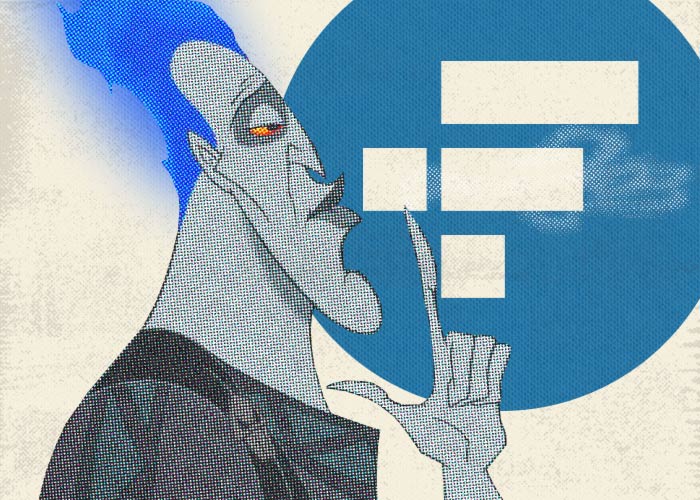FTX published the company’s restructuring plan, which envisages the revitalization of the platform. However, creditors and former customers expressed disapproval as its implementation involves extra costs and payment delays.

FTX representatives presented a document outlining a restructuring plan to classify creditors’ bids of the bankrupt crypto exchange and revive the platform.
FTX reps envision dividing creditor claims into 13 classes, depending on their priority, collateral, and voting rights. The plan also calls for the creation of four main recovery pools:
- assets of FTX.com clients;
- assets of FTX US clients;
- assets unrelated to the two liquidated divisions of the exchange;
- non-fungible tokens (NFT).
The plan is to return NFTs to their owners unless they’re lost or liquidated. In this case, claims will be transferred to one of the pools, depending on their affiliation with the bankrupt crypto exchange’s divisions.
The document also acknowledges the unauthorized borrowing and misappropriation of assets that Sam Bankman-Fried and former executives of FTX entities are accused of. In light of this, claims by FTX.com and FTX US against each other will also be dealt with under a “common” pool. However, the document provides for the liquidation of the claim of FTT token holders, who will receive no compensation, according to the plan.
FTX’s plan also includes liquidating the company’s assets to pay customers and creditors. But the company’s representatives are also offering the opportunity to participate in the revitalization of the platform instead of receiving cash compensation. This would be realized by giving certain customers and creditors an equity stake in the “new” exchange.
Despite all the efforts made by the company, the restructuring plan caused extreme disapproval from FTX creditors. Thus, representatives of the Official Committee of Unsecured Creditors (UCC) of the crypto exchange said the company didn’t discuss its plans with them, despite the relevant requests from the UCC.
UCC representatives criticized FTX’s submitted plan, pointing out some of its obvious shortcomings. In particular, they highlighted the fact that the proposed plan failed to appoint a specialist with relevant experience in the field of cryptocurrencies to manage the “revived” exchange. Nor did the plan provide any guarantees for those creditors who could potentially participate in the revitalization of FTX. Ultimately, UCC members said the proposed plan would result in additional costs and delayed payments.
The Committee encouraged FTX representatives to reach out and develop a joint restructuring plan that would be suitable not only for the company, but also for customers and creditors. In case FTX continues to ignore its demands, the UCC will present its own plan without taking into account the interests of FTX.
FTX’s debtors include about 70,000 companies and 9.7 million users.









